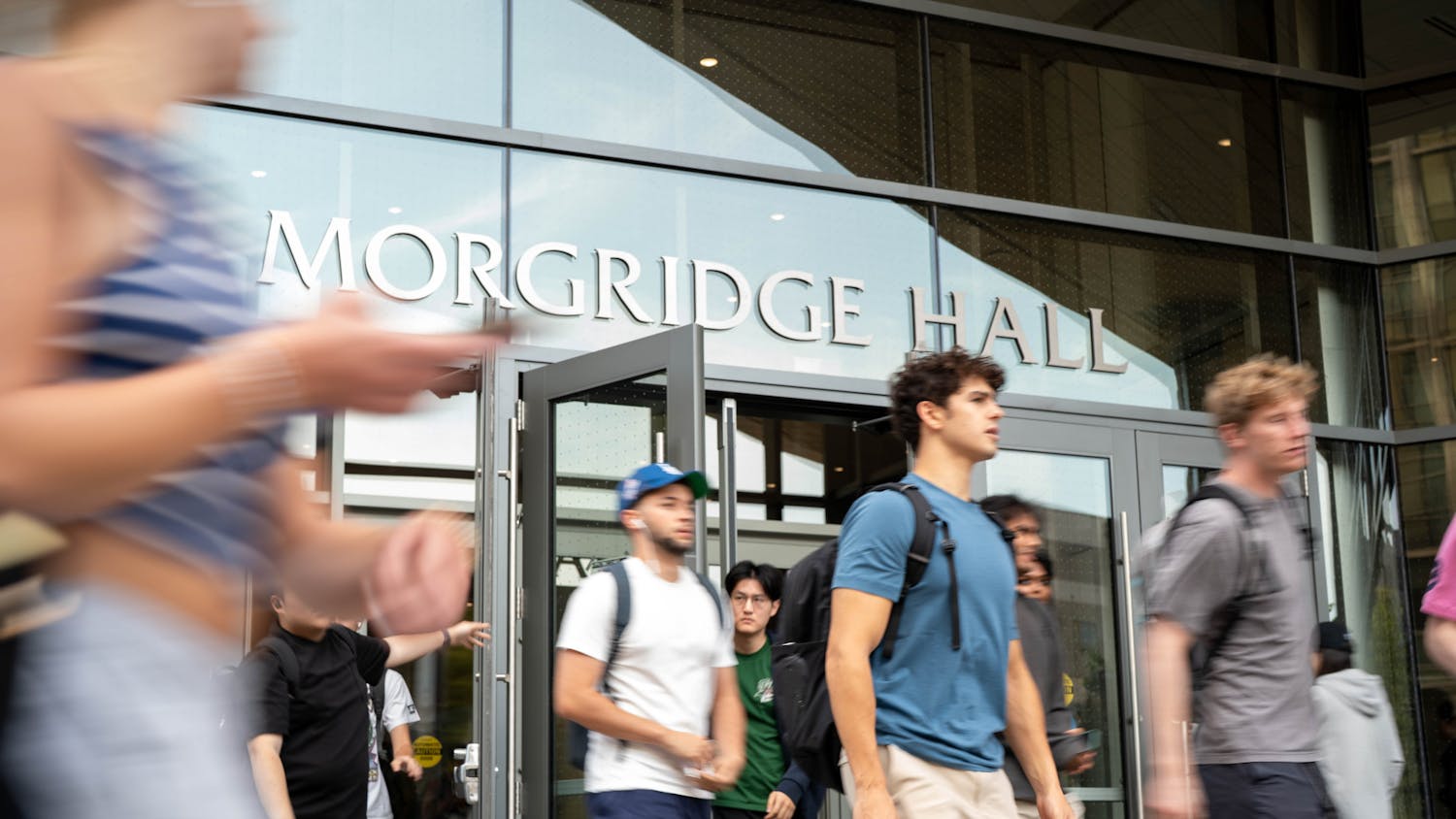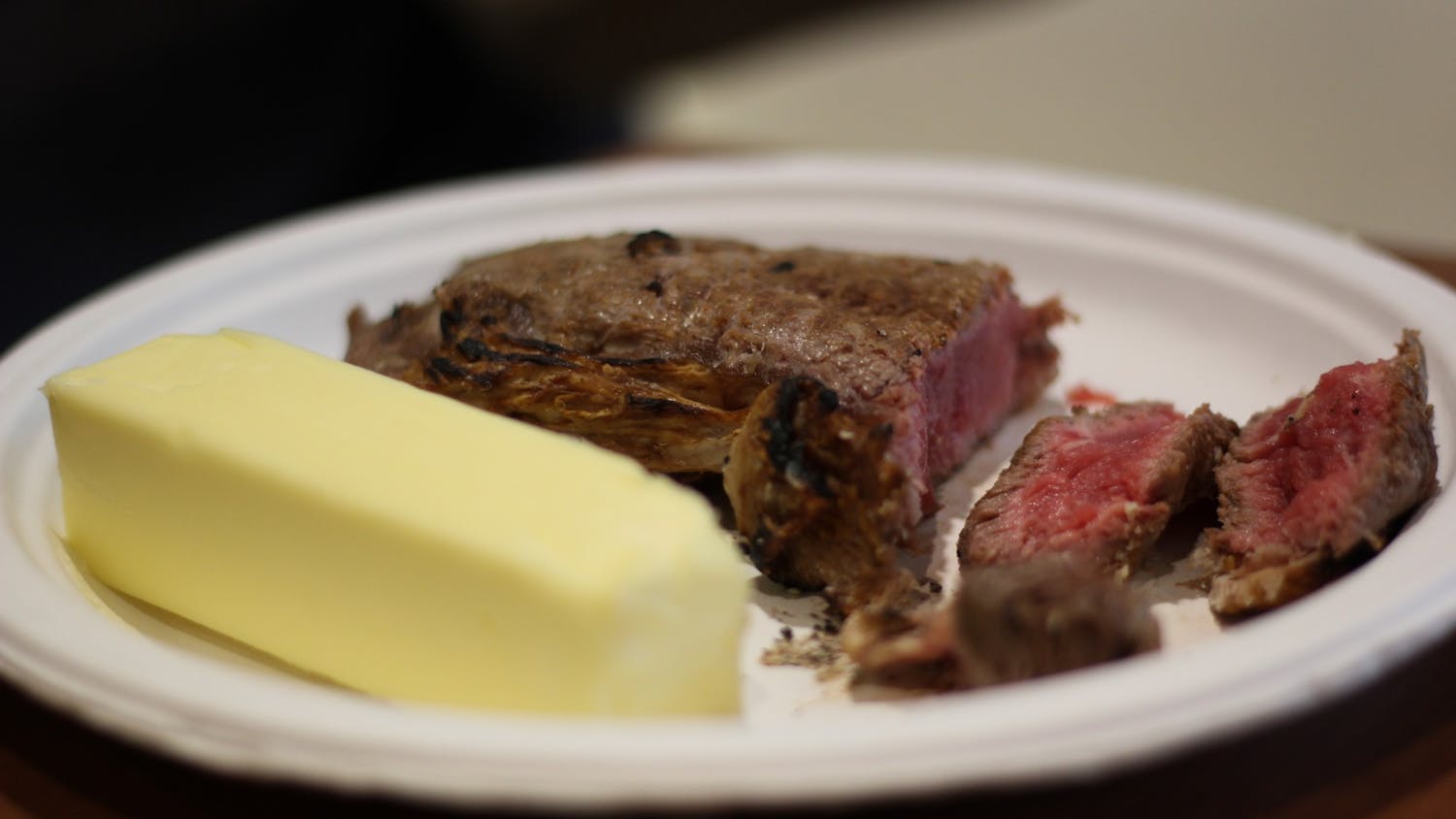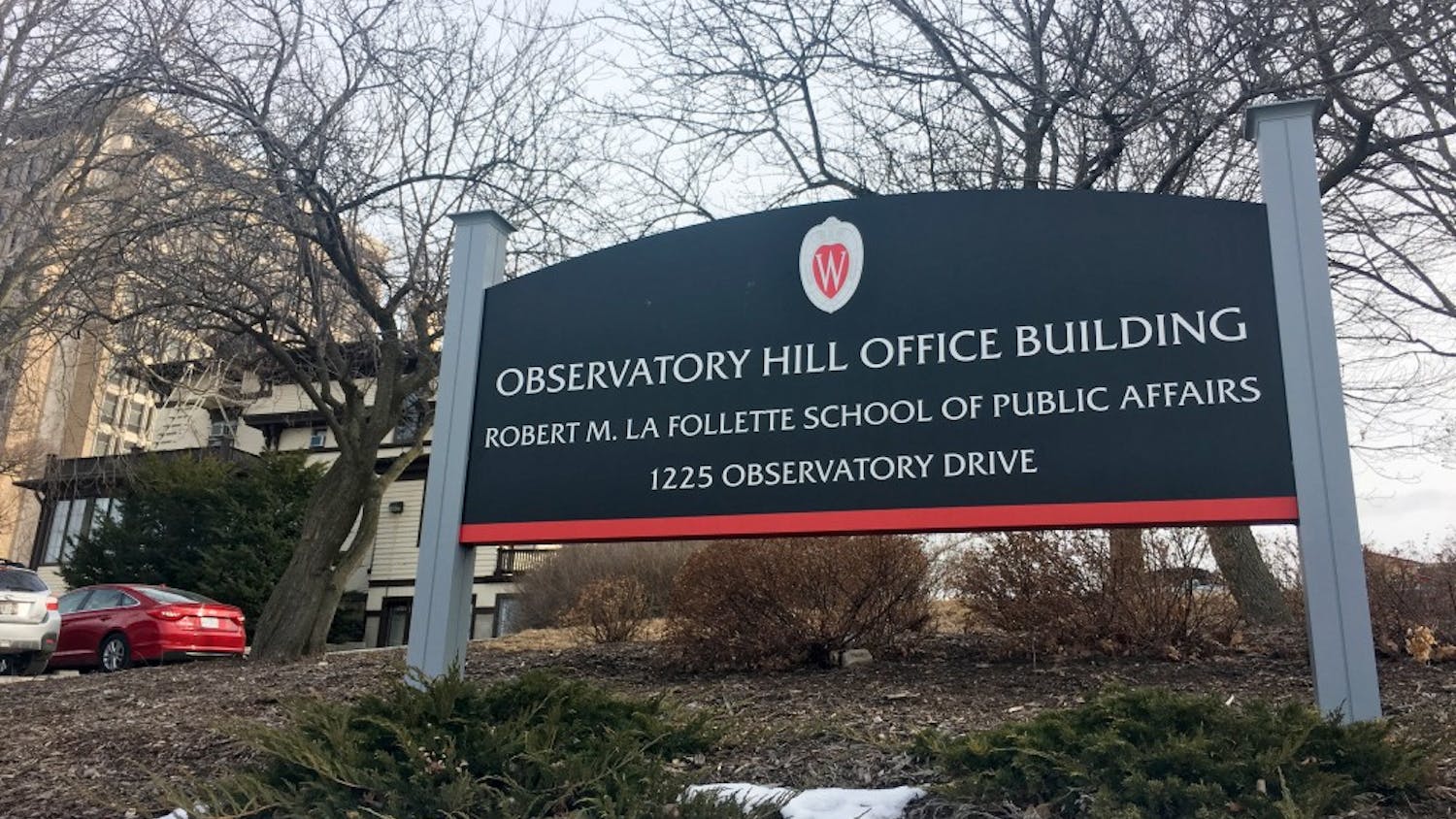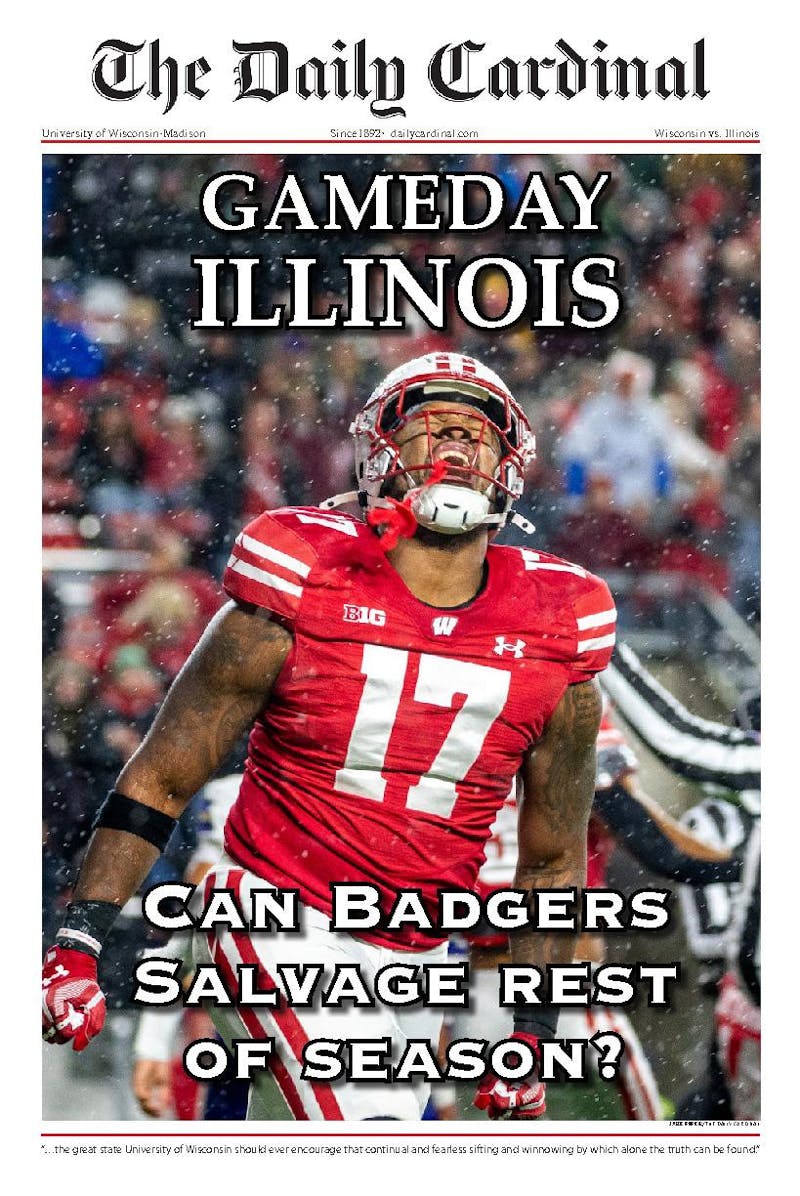Worldwide acceptance and visibility of those who identify as LGBTQ became more prevalent on U.S. college campuses in 2018 with events and celebrations held to create a more welcoming environment to all students.
According to a report released by Campus Explorer, only 60 campuses had LGBTQ or Gender and Sexuality Centers in 2006. Today, there are more than 100 within the United States.
UW-Madison is one of the universities that has enacted institutional policies aiming to increase inclusion for the LGBTQ community on campus. According to a UW-Madison Gender and Sexuality Campus Center spreadsheet, there have been 26 gender-neutral restrooms created in academic buildings and student activity centers on campus.
“Our goal is to provide comfortable space for students within the community,” said Tiffany Lee, crossroad coordinator of the Gender and Sexuality Campus Center at UW-Madison.
In addition to establishing more gender-neutral facilities on campus, the Gender and Sexuality Campus Center also provides exclusive programs and training for LGBTQ students and allies who are interested in getting involved, Lee said.
Although the LGBTQ community on campus has gained increasing visibility and better support, the awareness of the international LGBTQ community on campus has shown little signs of progress at all, particularly when focusing on female international LGBTQ students.
“Minority students are not always open to tell their sexual orientation in public, especially for females who are more shy than males,” said Arya Y.*, a female international student who identifies as a member of LGBTQ community. “I feel like an outsider on campus.”
For female international LGBTQ students, besides the Gender and Sexuality Campus Center, finding an inclusive student organization or activist group on campus can be a challenge.
“I don't know what it's like for undergrads, but I came to UW-Madison as a graduate student in the Gender and Women’s Studies department. I think the GWS department and my cohort have helped me a lot in navigating resources on campus,” said Di W.*, an alumna who has been a queer feminist advocate for almost a decade.
According to Arya, she doesn’t know how to reach out and build connections with female international LGBTQ student organizations on campus.
Founding an international LGBTQ student community on campus has proved to be a hard task for both genders.
Two years ago, junior Peter L. went through a mental breakdown when no one supported his idea for Queer in Business, which is now an emerging student organization founded by international students with the goal of connecting queer students within The Wisconsin School of Business.
As the original founder and the current president of Qbiz, Peter initially experienced unexpected difficulties in recruiting interested students and potential allies.
“Sometimes when I am walking on the street, I wonder if people are pushing me away because I am homosexual,” said Peter.
According to Peter, he ultimately overcame the dilemma by networking with the LGBTQ community at New York University and rearranged his marketing strategy of Qbiz.
The differences between class, race and even cultural backgrounds are prominent factors preventing both female and male international LGBTQ students from forming student organizations.
“I won’t assume an international female student from Chile and one from China will have the same experience in Madison,” said Di.
In a 2016 national survey released from United Nations Development Programme, UNDP exposed the severeness on social attitudes towards sexual orientation, gender identity and gender expression in China. According to the survey, Chinese families have the lowest degree of acceptance for minorities. Only 8.1 percent of the participants welcome LGBTQ kin within their households.
“My parents are very traditional, I really don’t know how they will react if I came out to them,” said Cecilia, a Chinese LGBTQ undergraduate at UW-Madison. “They might kick me out [of my home].”
Discrimination within the workforce is an additional barrier for the Chinese LGBTQ community.
According to the UNDP survey, 17.1 percent of supervisors and 15.8 percent of clergymen welcome LGBTQ colleagues within the Chinese labor market.
UW-Madison has generated health services programs on campus to create and maintain a campus environment that ensures complete inclusion and prohibits discrimination for both international and domestic LGBTQ students.
According to University Health Services, two health providers with LGBTQ focus were hired in 2017 to expand access and availability of services on campus.
In addition to the developing health services, staff and faculty members at the Gender and Sexuality Center are also continuously working to create a more equitable learning environment.
According to Lee, the center aims to enact future policy to construct gender-neutral recreational facilities on campus.
It remains firm that international LGBTQ students are longing for an enhancement of their visibility and an equal opportunity to express themselves on campus.
“I want to show the world who I really am instead of hiding,” said Cecilia.






